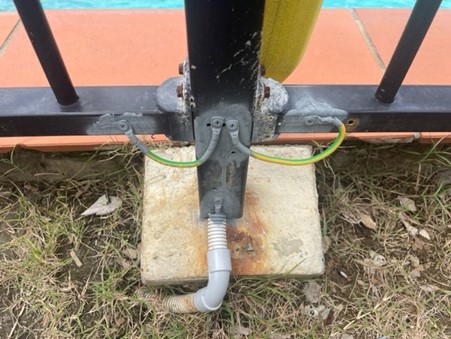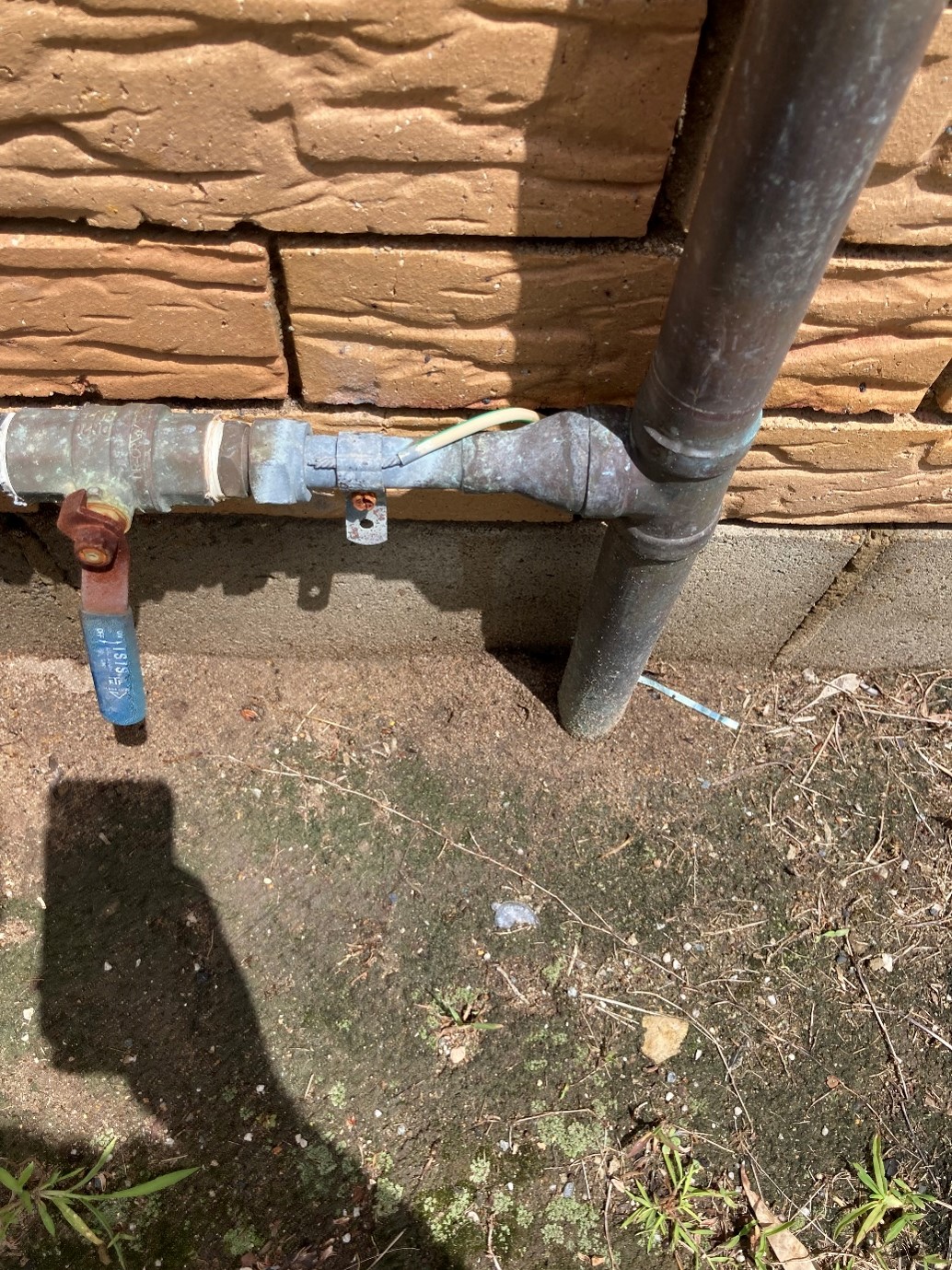The importance of equipotential bonding for plumbers and pool builders
Equipotential bonding is a crucial electrical component that reduces the risk of electric shock if an electrical fault causes conductive objects to become energised. Recently, there have been some compliance issues and concern around equipotential bonding work.
Under normal circumstances, objects such as water and gas pipes and parts of a shower, bathroom, swimming or spa pool structure are not meant to carry current. To ensure they don't become ‘live’ under fault conditions, these parts are connected back to the earthing system via an equipotential bond or bonding conductor (as they are more commonly known).
The source of an electrical fault or event can be external to the property (e.g. generated from a neighbour's house, the distribution network or from lightning) and the equipotential bond is vital in keeping touch voltages at a safe level and re-directing any fault currents back into the local earthing system.
Bonding conductors are typically 4mm2 in cross section area with green/yellow insulation and are a normal part of an electrical installation. Their use and application is outlined in the Wiring Rules (AS/NZS3000:2018) and they are exempt from the separation requirements of electrical cables from plumbing and gas pipes.
If you see a damaged or disconnected bonding conductor don’t repair it yourself. Contact an electrical contractor to re-instate the bonding connection before maintenance or repair work involving conductive pipes.
Conductive water or gas pipes in contact with the mass of earth and not electrically bonded to the property's earthing system can cause serious injury or death from electric shock under certain fault conditions.
The installation, connection or alteration of equipotential bonding conductors is electrical work and it is an offence for anyone other than a suitably licensed person to carry out this type of work. The installation and connection of a bonding conductor 'tail' to steel reinforcing mesh during pool construction is electrical work and the same provisions and penalties apply.
Equipotential bonding of a fixed conductive material (e.g. pool fence) that is installed within arm’s reach of the pool edge.
Equipotential bonding of conductive water piping
Further information
For more information visit www.electricalsafety.qld.gov.au

